Today we’re checking out Nvidia’s GeForce RTX 3050, a new budget GPU addition to the RTX 30 series. Even though this release adds a new low-end Ampere offering to the lineup, it’s based on the same GA106 silicon used by the RTX 3060.
The RTX 3050 drops the MSRP from $330 to $250, so you can expect a significant part of the die to be disabled. Case in point, the core configuration has been reduced from 3584 cores to just 2560, a near 30% reduction, but interestingly the same 48 ROPs remain. Although the core boost frequency remains the same at 1,777 MHz, the memory speed has been slightly reduced from 15 Gbps to 14 Gbps. Couple that with the smaller 128-bit wide memory bus and we end up with a 38% drop in bandwidth.
An advantage of this however is a 24% drop in power use to just 130 watts, meaning a basic 550-watt power supply will be more than sufficient to power an RTX 3050 gaming system.
Now, when compared to the Radeon RX 6500 XT, the MSRP of the RTX 3050 is 25% higher at $250, but of course, we expect that it will retail for more than that which we'll discuss in more details in our conclusion. So although the RTX 3050 will be more costly, it is also a significantly better product on paper than the budget Radeon, packing 8GB of VRAM, PCIe x8 bandwidth, four display outputs, AV1 decoding, and an actual hardware encoding engine. All the stuff you’d just expect on a modern graphics card, but don’t get with the 6500 XT.
Although Nvidia has cut the PCIe bandwidth in half, which we never like to see on GPUs priced over $200, with 8GB of VRAM and x8 bandwidth, the PCIe 3.0 performance will be the same as 4.0 in today’s games, meaning the RTX 3050 won't be crippled on PCIe 3.0 systems like the 6500 XT was.
With that out of the way, let’s talk test system specs and then jump into the benchmark results.
For testing we're using our Ryzen 9 5950X GPU test system. Since we’re testing GPU performance and wish to avoid introducing a CPU bottleneck which would skew the data, a high-end CPU works well for this purpose.
Also, all benchmark data for this review is fresh. We've spent the last few weeks updating our mid-range GPU results for the 6500 XT and RTX 3050 reviews, and much of the testing has been done using dialed down quality settings at 1080p and 1440p, appropriate for these segment of GPUs.
Benchmarks
Starting with Assassin's Creed Valhalla, using the medium quality preset at 1080p, we find that the RTX 3050 is good for 79 fps on average, so here it’s basically a GTX 1660 Super. That made it 18% faster than the 6500 XT using PCIe 4.0, and 30% faster when compared to the PCIe 3.0 configuration. It was also only 8% slower than the RTX 2060, a decent result overall.

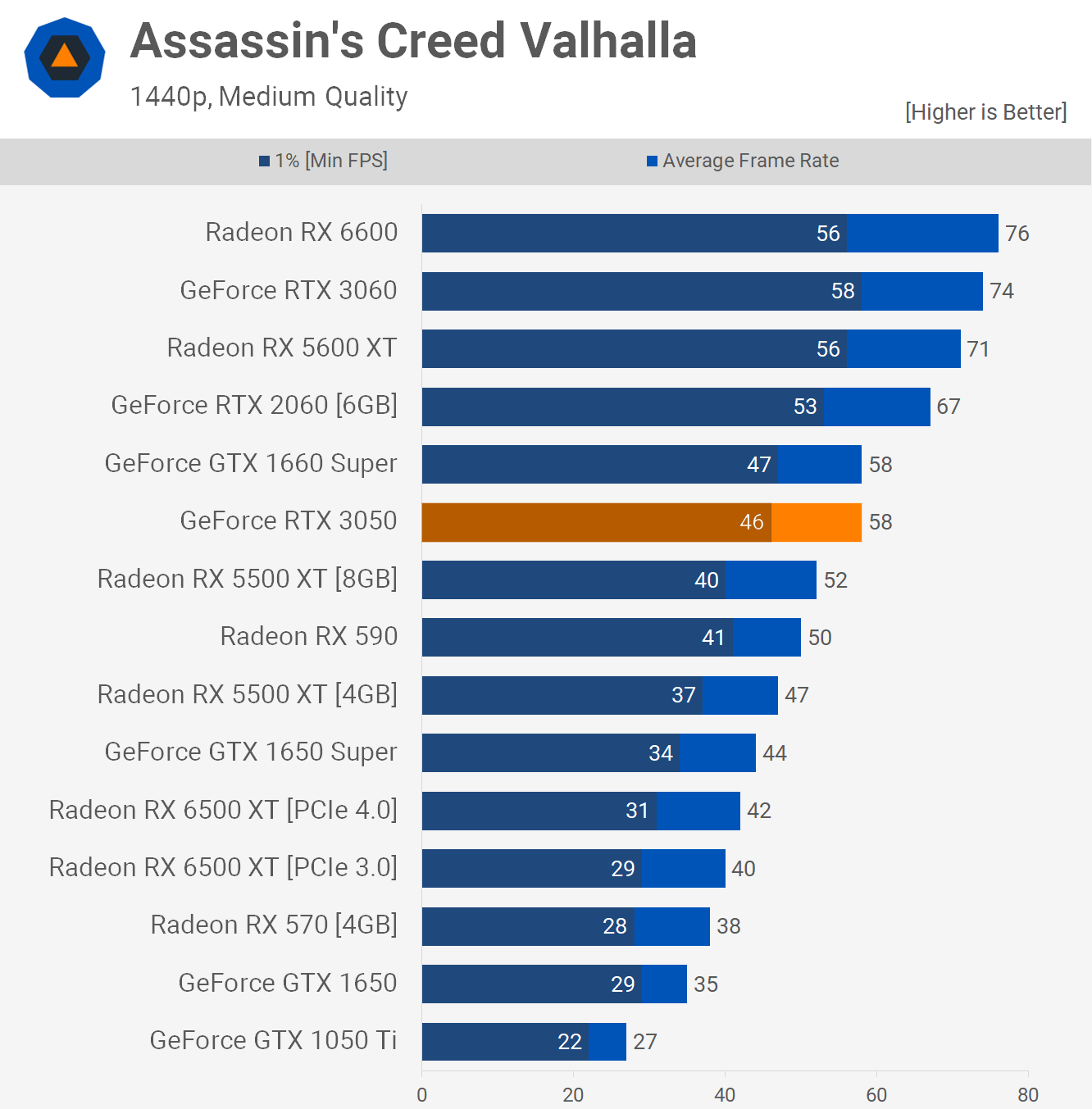
The 1440p data is much more favorable for the RTX 3050, when compared to AMD’s recently released 6500 XT. The 3050 is again mimicking the performance of the GTX 1660 Super, meaning it was 38% faster than the 6500 XT, or 45% faster when limiting the Radeon GPU to PCIe 3.0.

Shadow of the Tomb Raider was tested using the highest quality preset as it’s an old game now and our measuring stick for this testing, the 4GB 5500 XT was good for over 60 fps on average, so that seemed reasonable.
The RTX 3050 blasted past that result with 87 fps on average, edging it slightly ahead of the GTX 1660 Super this time. That made it 34% faster than the 6500 XT or 85% faster when limiting the 6500 XT to PCIe 3.0. A super easy win here for Nvidia.

The situation worsens for the 6500 XT at 1440p once again. Now even with PCIe 4.0 we can’t even achieve a 40 fps average, meanwhile the RTX 3050 fell just shy of 60 fps and was seen matching the 1660 Super.

The Watch Dogs: Legion results are quite good for the 6500 XT when using the medium quality preset. Here the RTX 3050 was good for 88 fps and that only made it 17% faster than the 6500 XT, or 28% faster when compared to the PCIe 3.0 configuration, which remains a big win.
When compared to the 1660 Super, it was 5% faster and 15% slower than the 5600 XT and RTX 2060, so a little behind when compared to those older models.

The RTX 3050 does race away with it at 1440p, averaging over 60 fps to make it 28% faster than the 6500 XT or 36% faster than the PCIe 3.0 configuration. It was also 10% faster than the GTX 1660 Super, but 14-15% slower than the RTX 2060 and 5600 XT.

For testing Rainbow Six Siege we’re using the ultra quality preset with the HD texture pack enabled. As before, we used the 5500 XT to establish the test settings, and this GPU was good for well over 100 fps at all times averaging 147 fps.
The RTX 3050 had no issue crushing that result with 225 fps on average, making it just 11% slower than the RTX 2060 and 14% faster than the GTX 1660 Super. Unbelievably, it was 92% faster than the 6500 XT, and let’s not even bother with the PCIe 3.0 result for that GPU.

Moving to 1440p sees the RTX 3050 beat the 6500 XT by an embarrassing 110% margin, as it slotted in between the GTX 1660 Super and RTX 2060. Heck, it was only 10% behind the RX 6600.

The RTX 3050 was 52% faster than the 6500 XT at 1080p using the second highest quality preset with 141 fps on average. PCIe 3.0 completely crippled the 6500 XT and now the RTX 3050 is seen to be 114% faster, and I should note I got the exact same result using PCIe 3.0 with the RTX 3050.

Moving to 1440p increases the margin in favor of the 3050, which is now 66% faster than the 6500 XT when using PCI 4.0 and 128% faster than the PCIe 3.0 configuration. We’re also looking at slightly better performance than the GTX 1660 Super.
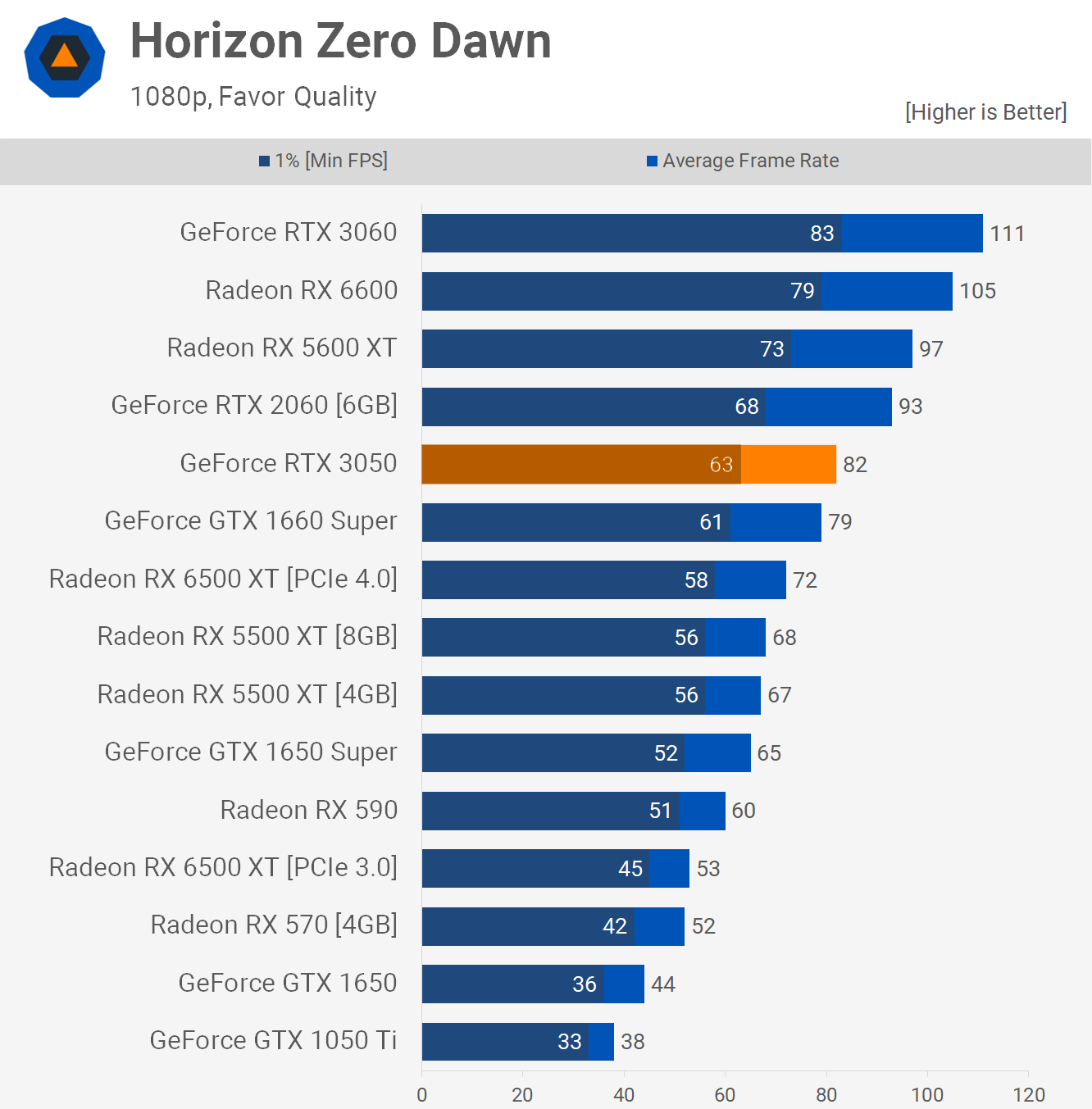
Next we have Horizon Zero Dawn where the 6500 XT using PCIe 4.0 did well relative to most other games with 72 fps on average. The RTX 3050 was 14% faster, though with both using PCIe 3.0 the GeForce GPU would be a massive 55% faster.
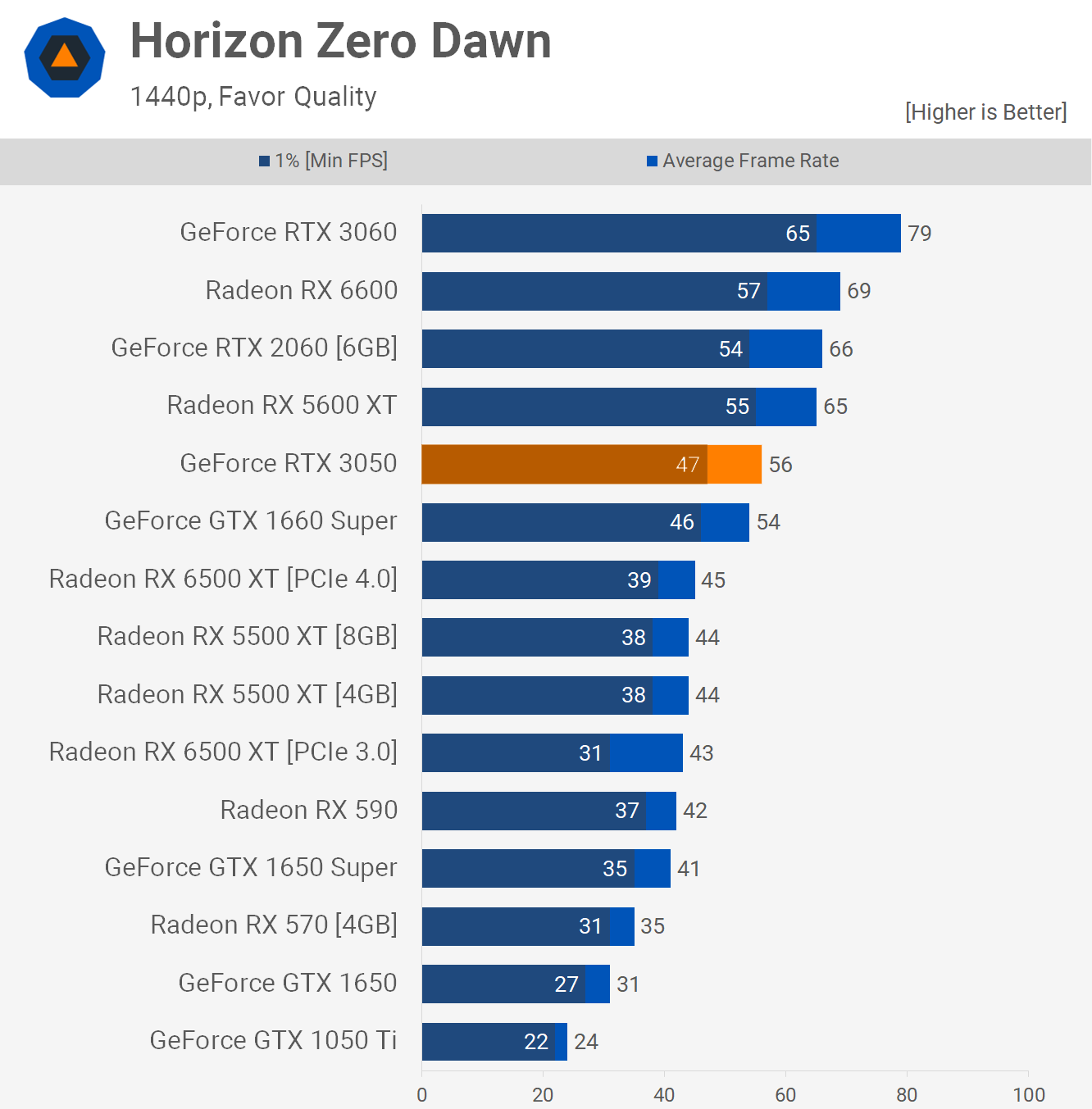
Now the RTX 3050 is 24% faster than the 6500 XT at 1440p. It was also a few frames faster than the 1660 Super and trailed the RTX 2060 by 15%.

Moving on to Far Cry 6, we find an average of 96 fps using the GeForce RTX 3050 at 1080p with the medium quality preset. As we’ve seen multiple times already, it’s basically delivering 1660 Super performance, though it wasn’t a great deal slower than the 2060 in this one, at least when looking at the average frame rate.
The 6500 XT turns in one of its better figures in Far Cry 6 and as a result the 3050 was just 14% faster, though the issue for the 6500 XT is PCIe 3.0 and when compared to that configuration the 3050 was 37% faster.

The 6500 XT does crumble at 1440p, whereas the RTX 3050 remains strong, turning in over 60 fps on average to make it 42% faster.

In Doom Eternal, the RTX 3050 does extremely well matching the RTX 2060 with 178 fps on average. That meant it was 82% faster than the 6500 XT and 287% faster than the PCIe 3.0 configuration. That’s all we need to say about that.

1440p is an ugly affair for the 6500 XT and it’s disappointing to see that while the 4GB RX 570 can hit 60 fps and a very playable experience, the 6500 XT using PCIe 3.0 was reduced to 36 fps.
The RTX 3050 had no such issues though, pumping out a super impressive 130 fps while keeping 1% lows above 100 fps. It was also 13% faster than the RTX 2060 and just 11% slower than the RX 6600. A stellar result there.


Resident Evil Village isn’t a very demanding game, especially with the balanced quality preset, so it’s no surprise that at 1080p the RTX 3050 is comfortably pushing over 100 fps, averaging 114 fps. This is GTX 1660 Super-like performance and it meant the new budget GeForce was 52% faster than the 6500 XT, or 78% faster if we compare with the PCIe 3.0 configuration.

Next up we have Death Stranding, and this is another game that isn’t terribly demanding, despite looking quite nice. The GTX 3050 was good for 108 fps using the default quality preset at 1080p and that placed it directly between the 1660 Super and GTX 2060, a great result.
It was also 24% faster than the 6500 XT and dropping the Radeon graphics card down to PCIe 3.0 only extended the margin to 27%, so you could argue that this is a good result for the Radeon.

Even at 1440p the 6500 XT hangs in there averaging 64 fps against the RTX 3050's 79 fps, which made the GeForce GPU 23% faster and given the price difference, even at MSPR, that’s a decent result for AMD.

The RTX 3050 rendered 112 fps on average in Hitman 3 using the medium quality preset at 1080p and that placed it very close to the RTX 2060, while beating the GTX 1660 Super by a 23% margin. It was also 29% faster than the 6500 XT, or 42% faster when restricted to PCIe 3.0.
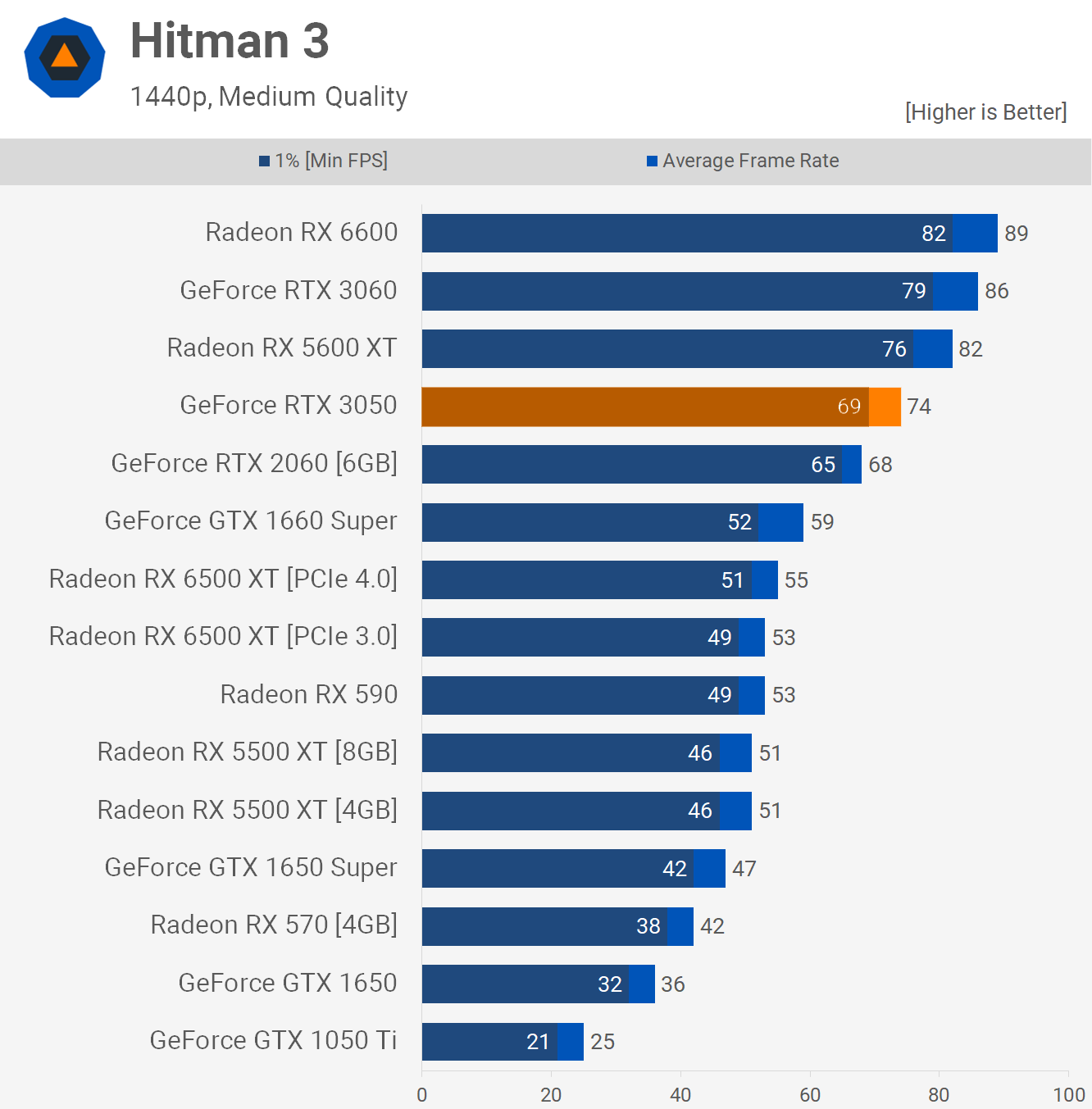
Even at 1440p, the RTX 3050 managed well over 60 fps and this made it 9% faster than the RTX 2060, and 35% faster than the 6500 XT, a great result given the current market.

Last up we have Cyberpunk 2077, and here the RTX 3050 managed to break the 60 fps barrier with the medium quality preset, averaging 66 fps which all things considered is quite a good result. Unfortunately, it was 18% slower than the RTX 2060, but it was also 40% faster than the 6500 XT, or 69% faster when using PCIe 3.0.

Those margins remained at 1440p. Here the RTX 3050 was 37% faster than the 6500 XT, or 58% faster when using PCIe 3.0. It only managed 41 fps on average, so for this game I’d say the RTX 3050 is better suited for 1080p gameplay.
Power Consumption
The GeForce RTX 3050 is very light on power, pushing total system usage to just 277 watts in our Doom benchmark. Considering the performance output, that makes it much more efficient than the 6500 XT, but even if we take a more favorable game such as Death Stranding or Hitman 3, the RTX 3050 still stacks up well as it only increased total system usage over the 6500 XT by 15%.

PCIe 3.0 vs. 4.0
Although we've mentioned that the RTX 3050 delivers the exact same level of performance using PCIe 3.0 or PCIe 4.0, here’s a quick sample of this. We tested all 12 games and found nothing outside the margin of error, though most results were exactly the same as shown below in Tomb Raider at 1440p.
Whereas the 6500 XT dropped performance by 13% with PCIe 3.0, we see no change for the RTX 3050. So gamers limited to a PCIe 3.0 platform (which as of writing is likely a majority), the RTX 3050 is going to be significantly faster.

12 Game Average
And here’s a look at the 12 game average data, which has been calculated using the geomean. The RTX 3050 averaged 108fps at 1080p, which made it just 5% slower than the GTX 1660 Super, 10% slower than the RTX 2060, and 23% slower than the Radeon RX 6600.

When compared to the 6500 XT, we’re looking at a 37% performance boost, or a massive 74% increase when compared to the PCIe 3.0 result.

As we often saw, the 1440p data is even more brutal for the 6500 XT. Here the RTX 3050 was 54% faster, or 85% faster when comparing PCIe 3.0 performance. The RTX 3050 also averaged 74 fps, meaning it was more often than not good for over 60 fps at 1440p using respectable quality settings in many titles.
Ray Tracing Performance
We don’t feel the RTX 3050's rasterization performance is powerful enough to justify turning ray traced effects on, but you can, and some of you might want to anyway, so let’s take a look.
Starting with Watch Dogs Legion, we see that stock the RTX 3050 is good for 88 fps on average with the dialed down medium quality preset. Enabling DLSS without RT effects can be of big help, boosting the average frame rate by 26% for 111 fps, and now we’re looking at RX 6600-like performance.

Turning on ray tracing with the medium quality setting + DLSS dropped the average frame rate to 60 fps, which is still very playale, but personally I’d rather play the game with a higher quality preset and perhaps leave DLSS enabled.
The game was playable with ray tracing enabled and DLSS, delivering ~60 fps on average. Without DLSS, the frame rate dropped into the low 40s, and that’s about the same level of ray tracing performance than you can expect from the RX 6600 in this title.

Testing with Far Cry 6, which doesn’t support DLSS, sees the RTX 3050 able to comfortably break the 60 fps barrier with ray tracing fully enabled. It was slower than the much more expensive RX 6600, but whereas it was 28% slower without RT enabled, it was just 14% slower with it enabled.
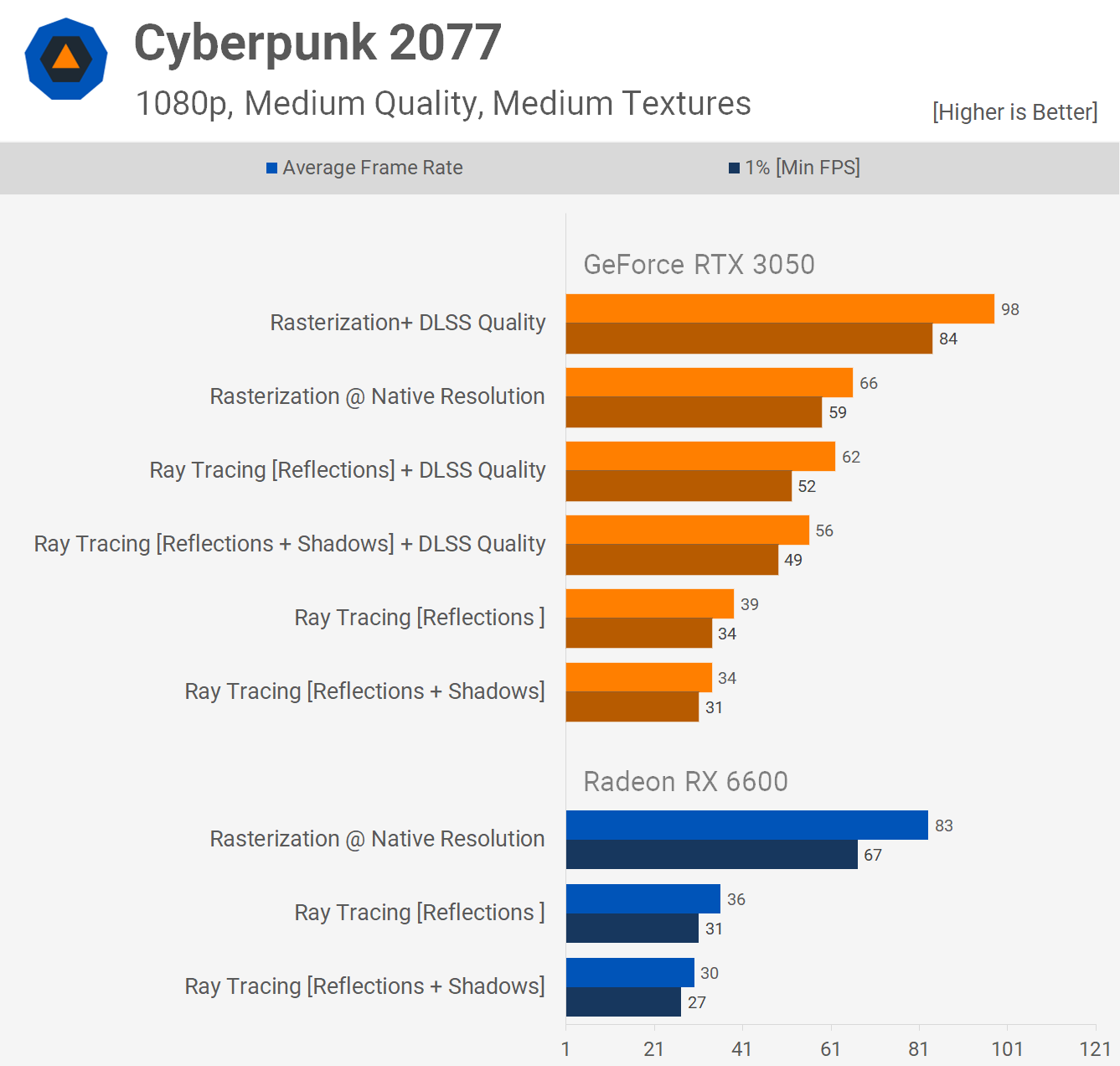
On Cyberpunk 2077 we find that DLSS is most impressive, boosting rasterization performance by an incredible 48%, allowing the RTX 3050 to beat the Radeon RX 6600. Then using ray tracing without DLSS enabled saw the RTX 3060 and RX 6600 delivering comparable performance at 30-40 fps. But of course, enabling DLSS offered a big boost and then the RTX 3050 was good for around 60 fps on average.
For those of you wondering why we are comparing with the RX 6600 and not the 6500 XT for the ray tracing benchmark, we simply didn't want to be so cruel. Seriously though, the 6500 XT is so weak with ray tracing enabled that the data isn’t useful for comparison.
Cost Per Frame
Time for the all important cost per frame analysis. We're going to start with the MSRP using the 1080p data, but we'll include 1440p results and other data points (and assumptions) for a more realistic pricing comparison in just a moment.
But let’s get the Fantasyland stuff out of the way first... if the RTX 3050 was to sell for $250 (which it obviously won’t), it would smoke the $200 6500 XT, offering a discount of 9% per frame or 28% when comparing the PCIe 3.0 data.
That said, it would also be much worse value than the GTX 1650 Super and slightly worse than the RX 5600 XT, but that’s to be expected given the current market, so we can accept a little bit of stagnation, even if we don't like it.

Now, if we look at real world pricing, the situation is quite different.
For the used GPUs, we’re taking the average sale price seen over at eBay over the past 4 weeks, and for the new GPUs the pricing is based on what we could find in stock at places like Newegg. This places the 6500 XT at $270, and we’re expecting the RTX 3050 to cost at least $450, though please note that’s an educated guess since the cards have yet to go on sale.
With the 6500 XT currently selling for at least 35% over the MSRP, we’re expecting the RTX 3050 to come in at a much larger 80% premium, but hopefully it will be less than that.
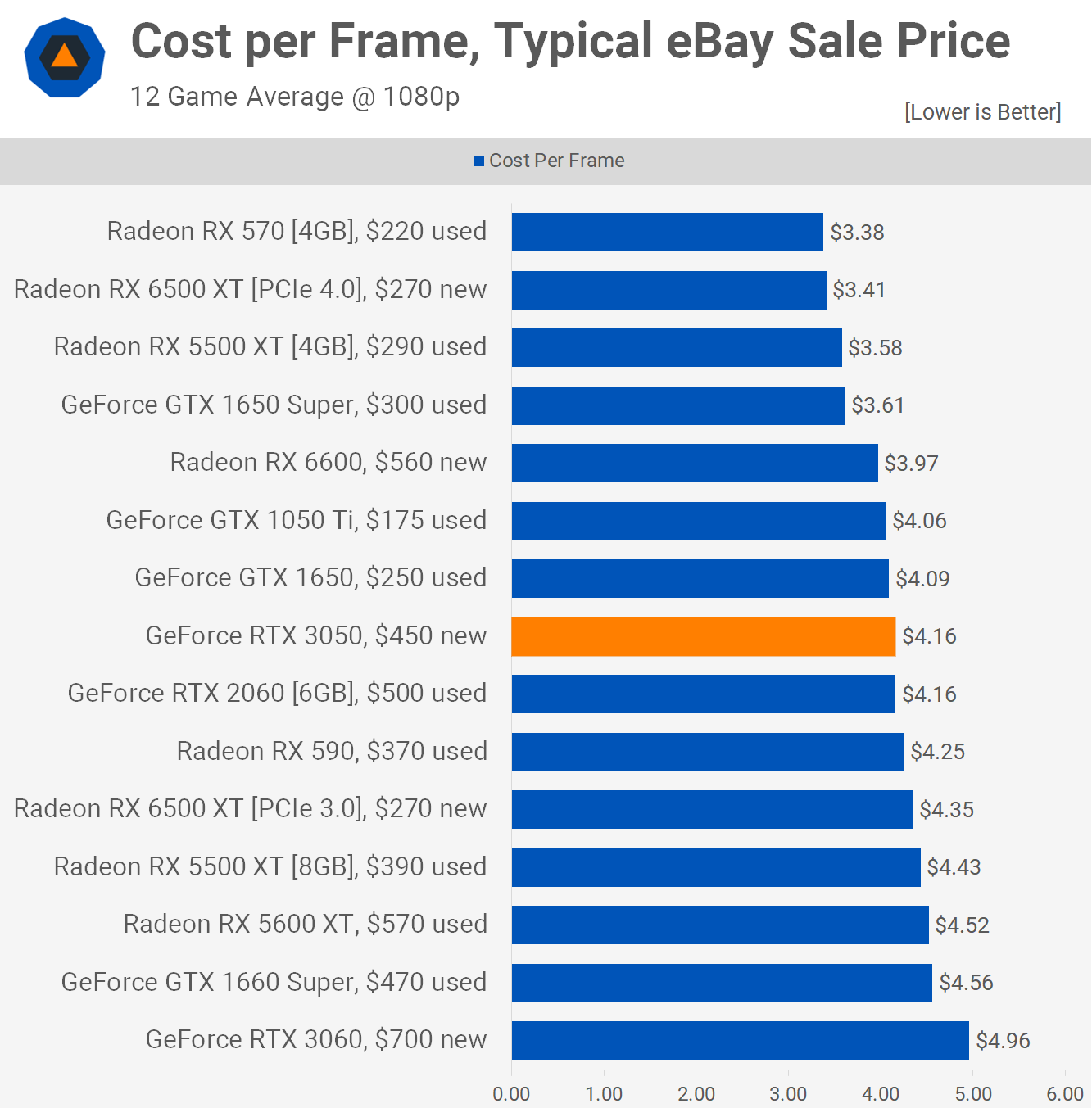
Even at $450, the RTX 3050 is better value for PCIe 3.0 owners as it reduces the cost per frame when compared to the 6500 XT (PCIe 3.0) by 4%, while including a number of important features.
If you have PCIe 4.0 and don’t require any of the missing features of the 6500 XT and are willing to sacrifice some visual quality in order to achieve acceptable performance, you could argue that the 6500 XT is "better value" at $270, as it was 18% cheaper per frame than the RTX 3050, but that’s a serious stretch given everything you get with the GeForce GPU.

If you’re targeting entry-level 1440p gaming, the RTX 3050 is without question the superior product, vastly superior in my opinion. Not only are you likely to be pushing well over 60 fps with the GeForce GPU, but it’s also just 8% more expensive per frame when compared to the 6500 XT in the PCIe 4.0 mode. So for those of you gaming at 1440p, even at $450, the RTX 3050 is a much better product and well worth spending the extra money on, or saving up for.
It’s worth keeping in mind that at this price point, the RX 6600 is technically better value as it costs just 24% more, but offers 26% more performance. Granted, they are about the same in terms of value, but when spending this much, the RX 6600 does become a viable alternative.
What Does It Need to Cost?
While we fear the GeForce RTX 3050 will end up around $450 or more, and we’ve seen even there it’s generally better value than the 6500 XT, what price does it need to be before no one can argue the 6500 XT has any value? We believe that figure is ~$370, which is likely wishful thinking, but if Nvidia pulled that off it would be extremely embarrassing for AMD.

At $370, the RTX 3050 would be on par with the 6500 XT using PCIe in terms of cost per frame (1080p), while offering twice as much VRAM, twice as much PCIe bandwidth, better decoding support, encoding support, and more than two display outputs. So I can’t see it being that competitive on pricing, but anywhere between $370 and $450 is going to be rough for the 6500 XT.
What We Learned
How desirable the GeForce RTX 3050 ends up being will depend entirely on pricing and availability. If it ends up costing over $500, it’s going to be a big fat nothing burger, and you might as well just get the faster Radeon RX 6600.
Thus, it’s difficult to say just how excited you should get about the RTX 3050. Based on the performance we've just seen, we know exactly where it should be priced in order to make sense, but making sense isn’t something the GPU market does anymore...
We expected the Radeon 6500 XT to come in at ~$300, where it's still awful, even when it's the cheapest "new" graphics card you can buy. So far it's done slightly better, hitting $270, at least for now, but ultimately sucks at that price and we don't recommend anyone to buy it. Instead you should continue to hold out or buy a used graphics card. Frankly, the RX 570 4GB for $220 second hand is a significantly better compromise, and hands down the best option for those using a PCIe 3.0 system.
As for the new GeForce RTX 3050, we’re expecting that part to come in for at least $450, but with the RTX 3060 selling for a 112% premium over MSRP on average, anything is possible. As noted earlier, we strongly believe that the RTX 3050 needs to be priced at around $370 to be a great deal in the current market and become the go-to option for PC gamers.
At that price it would be unbeatable, even when looking at the second hand market, which sees the similarly performing GTX 1660 Super going for $470. Based on that unfortunate reality though, it's likely that the 3050 will go for something closer to $500.
If that’s the case, then you’re best off being upsold to the RX 6600, or perhaps the smarter option would be to look for a cheaper second hand option to tie you over.
For now, we’ll have to wait and see where the RTX 3050 lands and surely we'll be following up in the coming weeks with a pricing update. But in the meantime, if you have the chance to snap up an RTX 3050 at the MSRP or around $400, that's a good deal in our opinion.
Shopping Shortcuts:
Article From & Read More ( Nvidia GeForce RTX 3050 Review - TechSpot )https://ift.tt/3rOZeZL
Technology

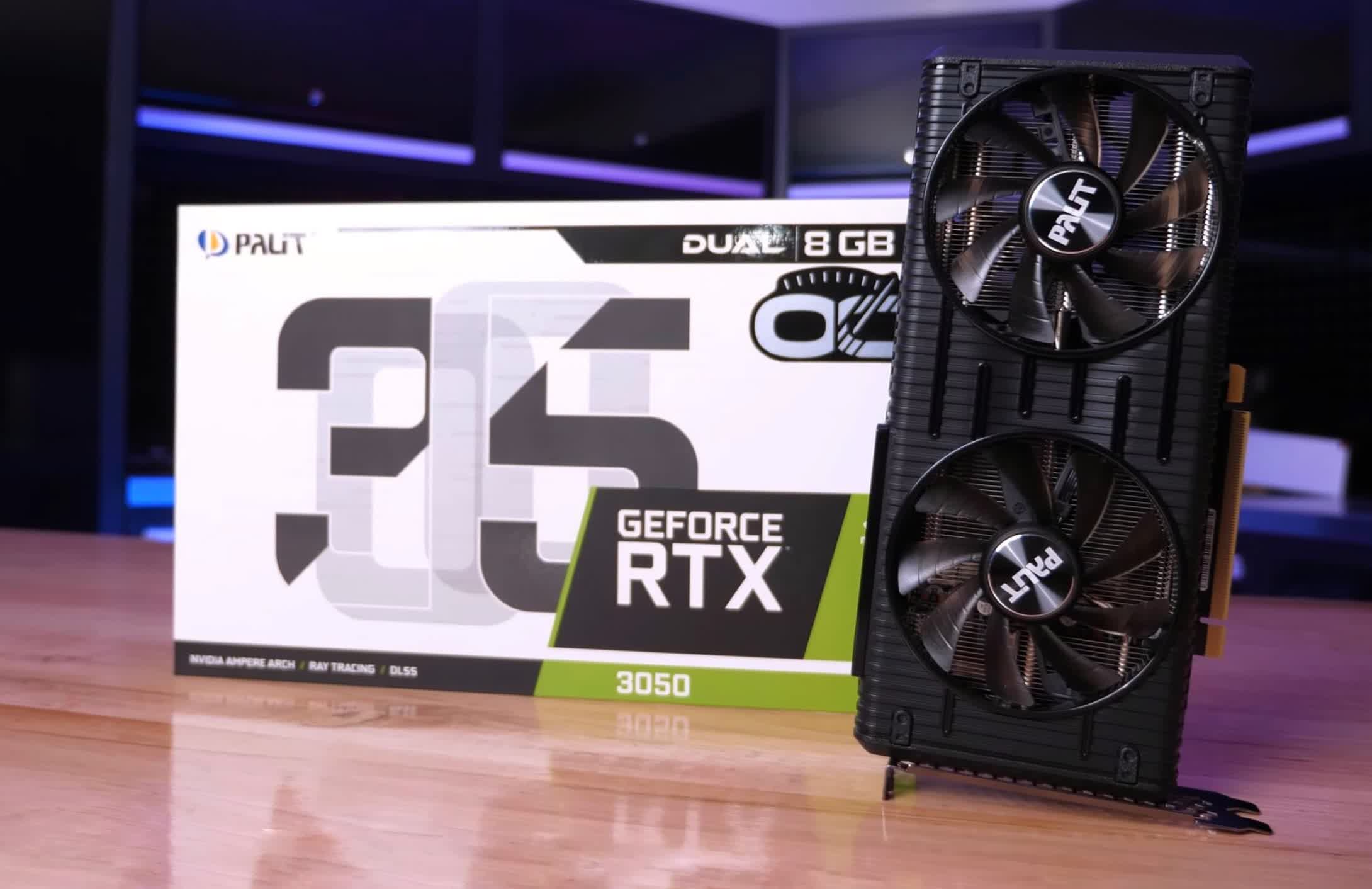



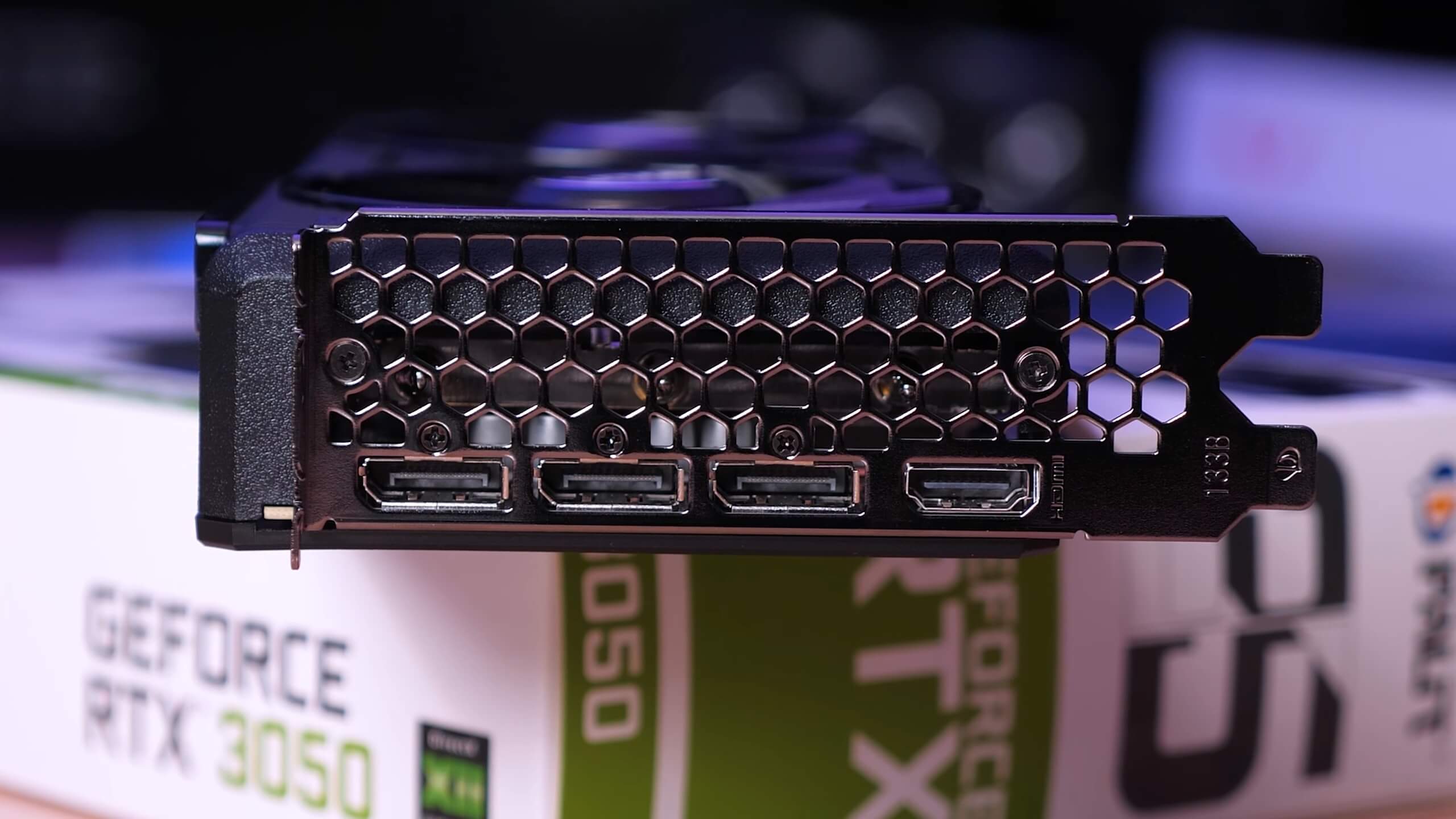
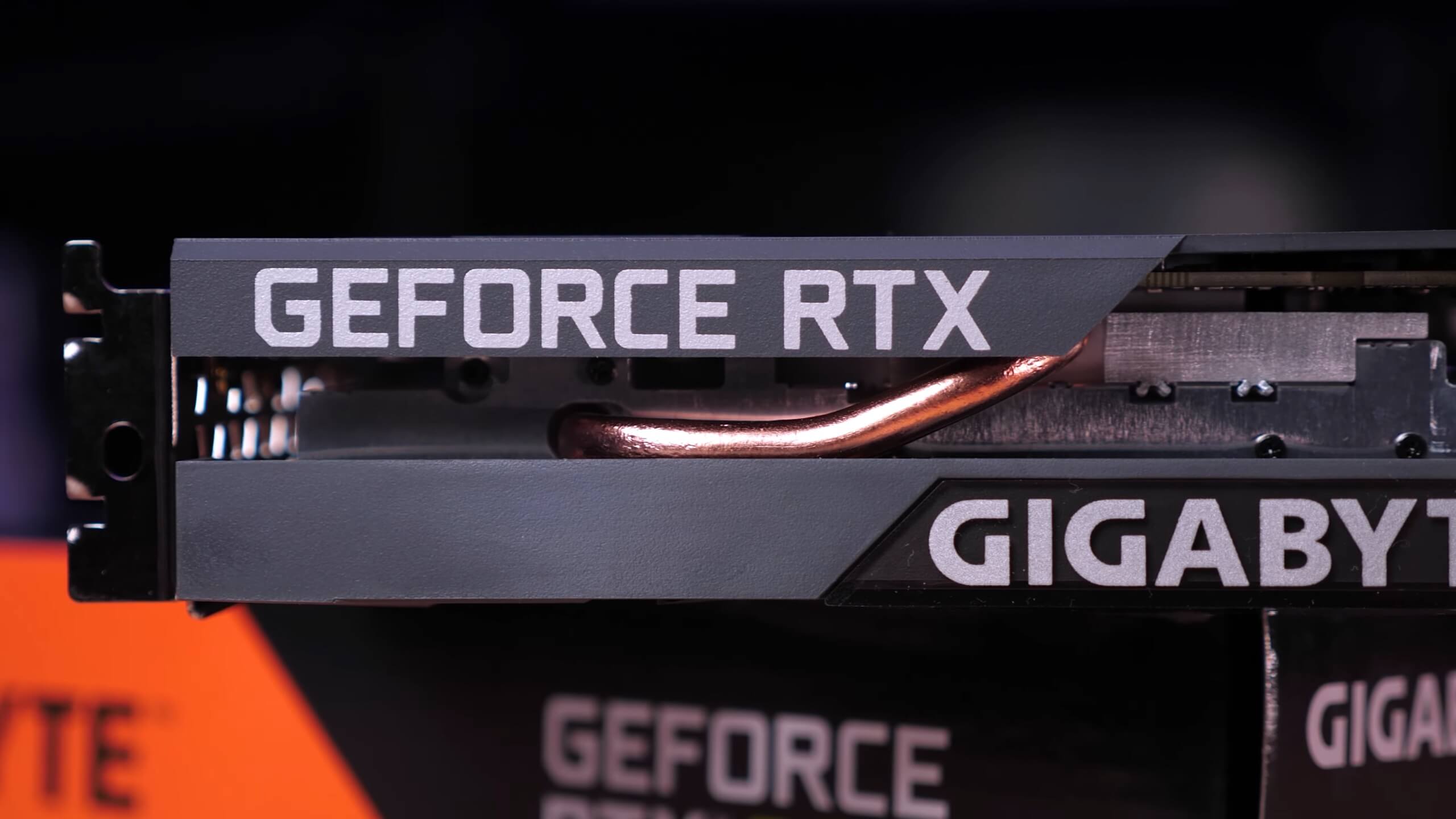

No comments:
Post a Comment